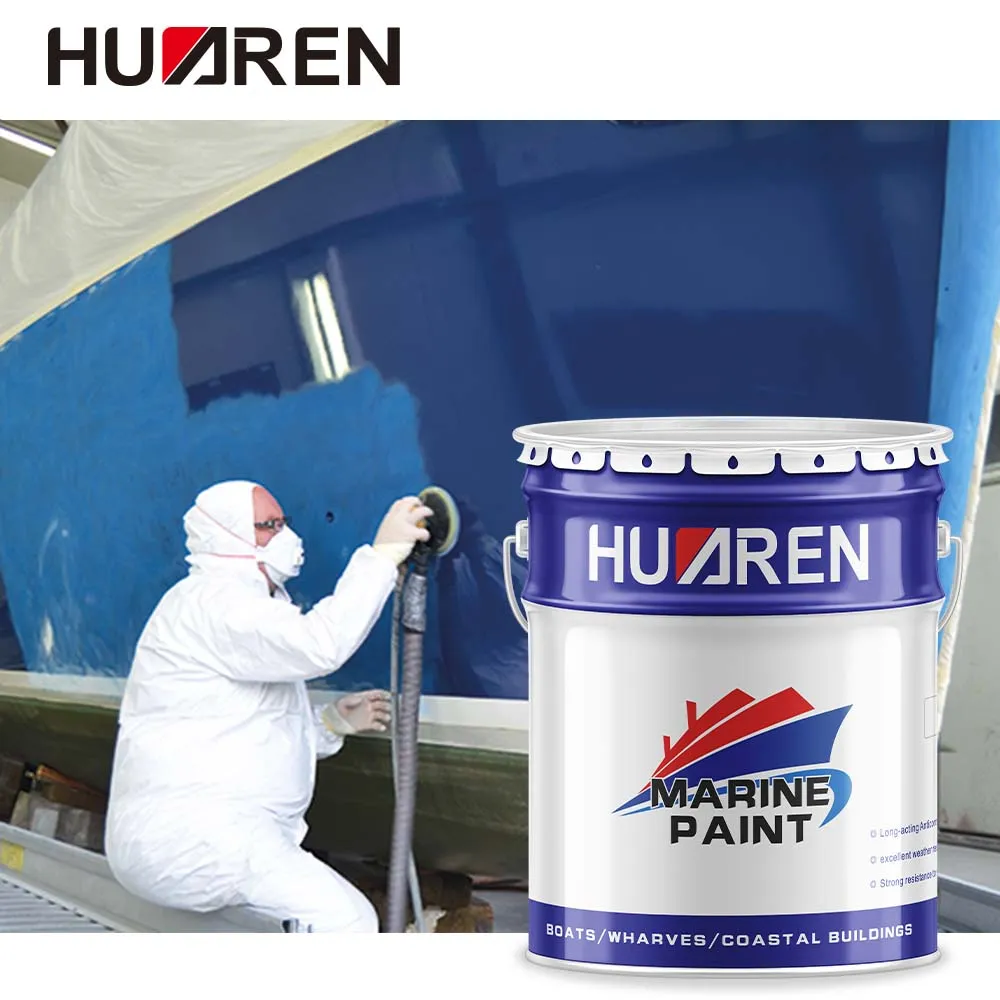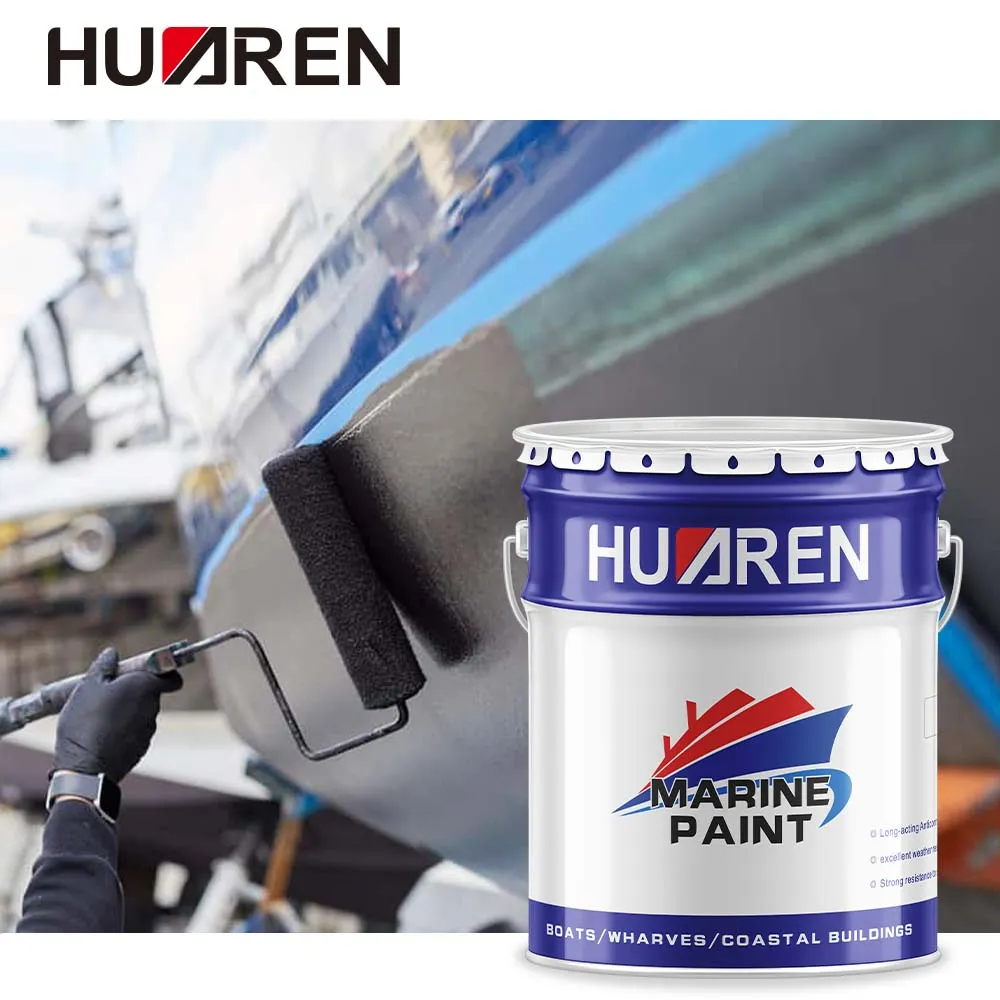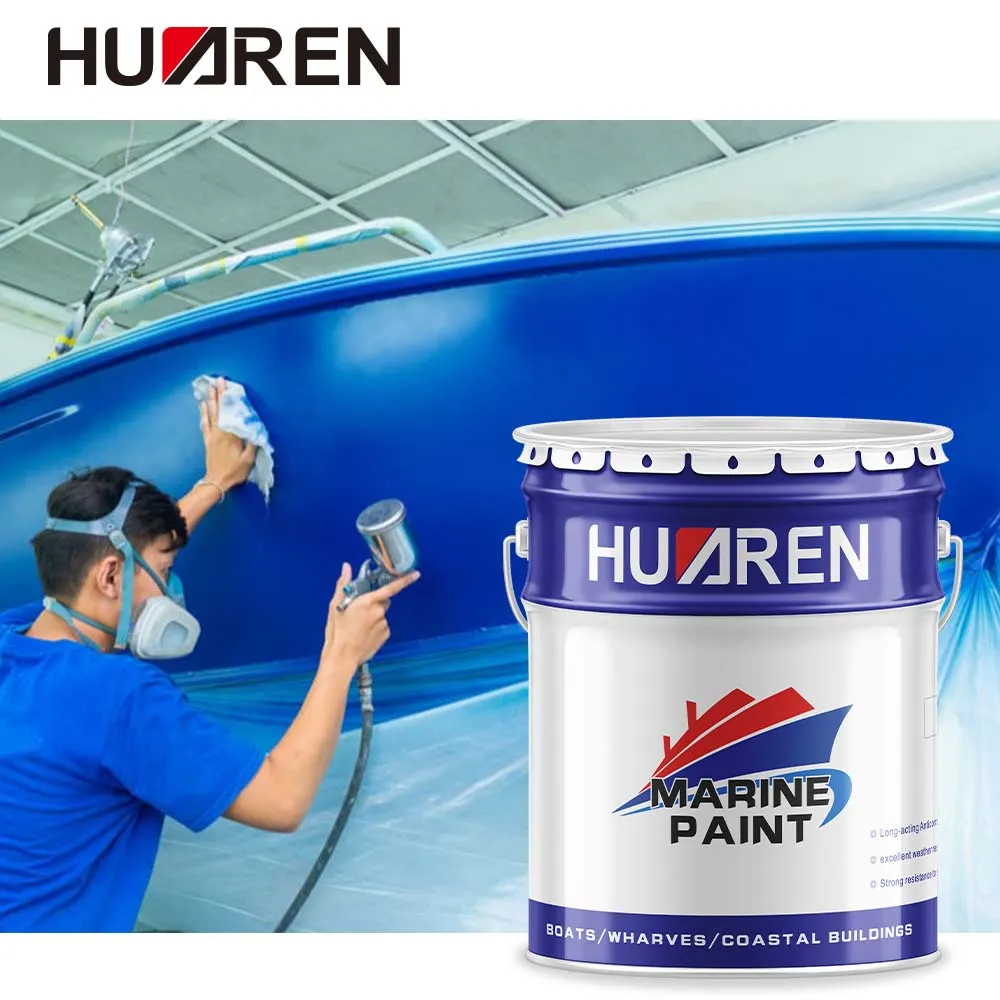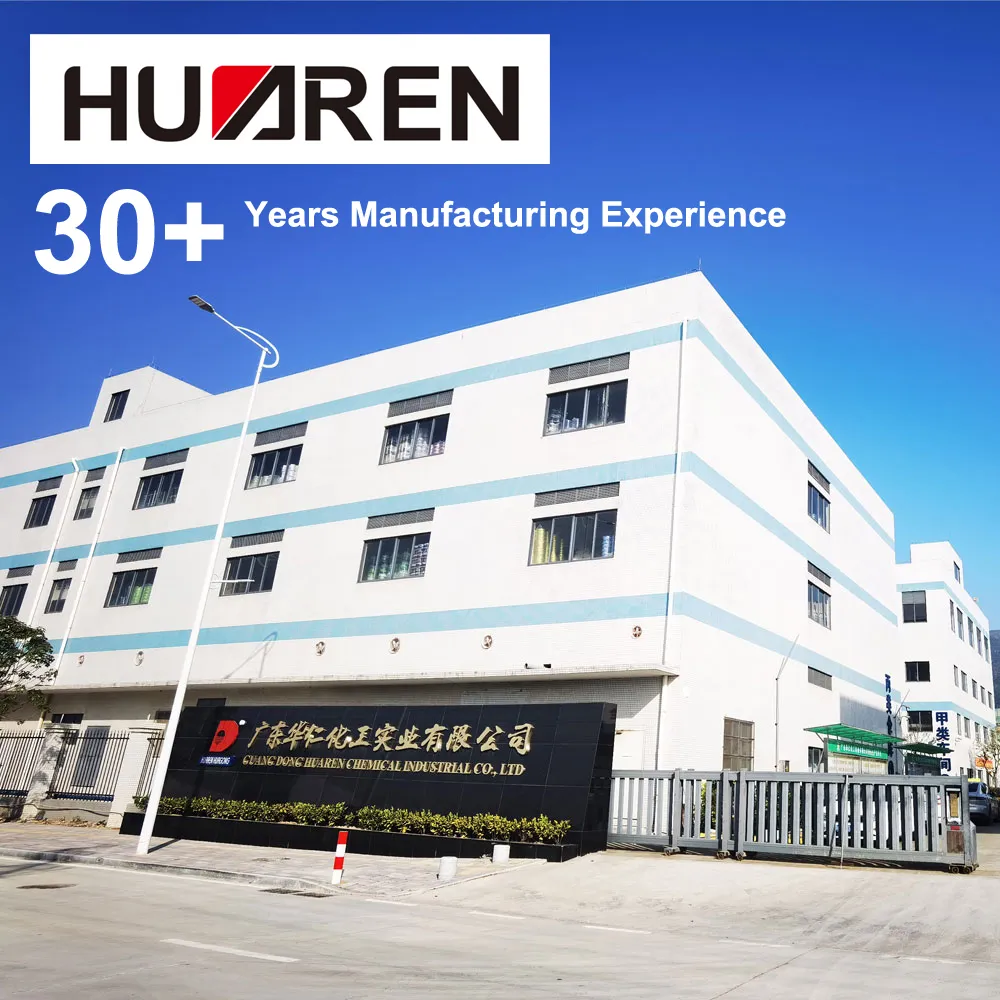In modern life, cars and ships are two common means of transportation. Although they are significantly different in form and function, their surface protection and decoration requirements are similar. Many consumers and maintenance personnel often have questions about different types of paints: Are automotive paints the same as marine paints? Can automotive paints be used to paint the bottom of a boat? This question may seem simple, but it involves a lot of issues such as paint composition, application environment and technical requirements.
This article will explore the differences between automotive paints and marine paints in detail, analyze whether the two can be used interchangeably, and especially the feasibility and potential problems of using automotive paints for marine paints.

Are automotive paints the same as marine paints?
Before we start discussing whether automotive paints can be used on ships, we first need to understand the basic differences between automotive paints and marine paints. These differences are mainly reflected in the following aspects:
Differences in application environment
Automotive paints are mainly used to cover and protect the surface of cars, and their application environment is usually on land. The environment that cars face includes temperature changes, ultraviolet radiation, rain erosion, dust pollution, stone impact, etc. Marine paint is mainly used for painting the hull, especially the bottom of the ship, and the environment it faces is more complex, involving long-term contact with seawater, marine life, moisture, salt spray, etc. Therefore, marine paint needs to have stronger anti-corrosion ability, waterproofness, resistance to marine life attachment, and even resistance to long-term immersion in water.
Chemical composition and functional requirements of paint
The difference in composition between automotive paint and marine paint is reflected in their functions and durability. Automotive paint usually contains organic solvents, resins, pigments, etc., emphasizing gloss, color durability, UV resistance and scratch resistance. The coating of automotive paint focuses more on appearance and surface protection, while the formula of marine paint focuses on corrosion resistance, anti-fouling and stability after long-term exposure to water.
● Characteristics of automotive paint: automotive paint pays more attention to appearance effects, has higher gloss, color durability and scratch resistance, but it does not have the corrosion resistance to cope with the long-term immersion of the bottom of the ship in seawater.
● Characteristics of marine paint: The main functions of marine paint are anti-corrosion, waterproof and anti-fouling. The ingredients in marine paint usually need to be able to resist salt water, ultraviolet rays and biological adhesion in the marine environment. In particular, the bottom paint needs to have anti-biological adhesion properties to prevent algae, shellfish, etc. from adhering to the hull and increasing resistance and fuel consumption.
Durability and performance requirements
Since ships are exposed to seawater all year round, the durability requirements of their paints are much higher than automotive paints. Marine paint must not only withstand the erosion of seawater, but also withstand the test of factors such as wave impact, wind, and tidal changes. This makes the formula of marine paint generally more durable and resistant to environmental changes than automotive paint, with stronger corrosion resistance and waterproofness. Automotive paint mainly deals with dry road environments and air pollution. Although it also requires a certain degree of water resistance, the requirements for long-term water immersion are far less than marine paint.
Service life
Since marine paint needs to deal with more severe environments, its service life is usually much longer than that of automotive paint. Bottom coatings on ships often need maintenance or repainting every few years, while automotive paints can usually remain intact for a longer period of time, especially in dry and mild environments.

Can automotive paint be used to paint the bottom of a ship?
Considering the differences in function and composition between automotive paint and marine paint, the key question is: Can automotive paint be used directly on ships, especially for painting the bottom of a ship? Let's analyze it from several aspects.
Insufficient corrosion protection
Automotive paint is mainly used to protect the surface of cars from scratches and water intrusion, but it is not specifically designed to withstand the corrosiveness of seawater. The salt in seawater has a strong corrosive effect on metal surfaces, especially when the bottom of a ship is immersed in seawater for a long time, the rate of corrosion will be accelerated. The corrosion protection of automotive paint is usually not enough to meet this challenge. If automotive paint is applied as marine paint, the hull is likely to be corroded in a short period of time, causing the coating to fall off and the hull to be damaged.
Insufficient ability to resist marine bioattachment
Automotive paint does not have the function of preventing marine bioattachment, while an important function of marine paint, especially bottom paint, is to prevent aquatic organisms such as shellfish and algae from attaching to the surface of the hull. The attachment of marine organisms not only increases the underwater resistance of the ship and increases fuel consumption, but may also cause corrosion of the hull. If automotive paint is used instead of marine paint, marine organisms are easily accumulated on the bottom of the ship, which not only affects the navigation efficiency of the ship, but also may cause environmental pollution.
Difference in water resistance
Seawater is different from ordinary fresh water that automotive paint faces. The salt, mineral and chemical components of seawater have a much stronger impact on coatings than fresh water. Although automotive paint has a certain degree of water resistance, it is not designed for seawater environments. Therefore, automotive paint may be quickly eroded by seawater, causing the coating to peel off. Some ingredients in marine paint (such as epoxy resin, polyurethane, etc.) are specially designed to enhance the waterproof performance of the coating and can effectively cope with the erosion of seawater.
UV and oxidation performance
Car paint is usually designed to be UV-resistant to maintain the durability of gloss and color. Although this is very important for cars, ships, especially the bottom of ships, are often in seawater, facing not only ultraviolet radiation, but also drastic changes in temperature, the impact of waves, etc. Therefore, marine paint usually adds more anti-ultraviolet agents and high temperature and antioxidant ingredients, while automotive paint is usually not specially designed in this regard.
Differences in construction technology
The construction process of automotive paint and marine paint is also different. Automotive paint usually requires a very smooth and bright surface effect, which requires fine operation during surface grinding and painting. Marine paint, on the other hand, needs to consider more practical factors, such as anti-corrosion, anti-fouling, and seawater resistance. The construction of marine paint usually pays more attention to the thickness, uniformity and adhesion of the coating, and these technical requirements are often different from automotive paint.

Potential problems if automotive paint is used
Although automotive paint can theoretically cover the surface of the hull, directly using automotive paint for marine paint will face a series of potential problems:
Increased corrosion
Without adequate anti-corrosion protection, the metal surface of the hull will be corroded by seawater, salt and oxidation, and corrosion will occur in a very short time. After prolonged exposure to water, the coating may peel off, causing the hull to rust.
Poor Adhesion
The adhesion of automotive paint may gradually weaken under long-term contact between seawater and the hull, especially when the bottom of the boat is wet and it sinks multiple times, the paint surface may peel off or bubble.
Increased Maintenance Costs
The use of unsuitable paint may cause problems such as damage to the hull or biofouling, which in turn affects the ship's navigation efficiency and appearance. More frequent coating repairs and replacements are required, resulting in higher maintenance costs.
Environmental Risks
Automotive paints typically contain more volatile organic compounds (VOCs) and other environmentally harmful ingredients, which may pollute the marine ecology when leaked in the water. In contrast, the formulation of marine paints usually takes environmental protection into consideration, especially when the ship is exposed to the marine environment for a long time.

Huaren Chemical Industry Co., Ltd. is a globally recognized supplier of industrial coatings, resins, and paints. With over 30 years of experience in the field, Huaren produces more than 20,000 tons of high-quality products annually. Our range includes marine paint, phenolic, and water-based coatings, all of which are widely used across industries such as construction, shipbuilding, petrochemicals, and mechanical equipment. If you are looking to buy wholesale, purchasing cheap paints, or need customized solutions, Huaren offers low-price options and attractive discounts. Contact us for a quote and let Huaren provide you with the industrial coatings you need.

